Cross Plate Anchor
Cross Plate anchors provide sturdy stability and support to a variety of natural and man-made outdoor constructions. Favoured across many industry sectors for its reliability, the Cross Plate anchor model features a long, slim shaft with a wide, weighty base of cross plates, which are ribbed with ridged edges to provide a superior level of reinforcement capacity.
The anchor’s flat base houses a retainer nut, which can be easily operated from the upper end to tension and secure the anchor once installed. In addition, this Cross Plate anchor is crafted from solid, hot-dipped, galvanised steel, which meets all the necessary testing specifications – making it the ideal choice for adding strength and support that truly lasts!
Product Features
- Forged eye rod
- Sturdy cross tip
- One-piece design
- Ridged plate rims
- Built-in nut retainer
- Ribbed anchor plates
- Rust inhibitor-treated
- Hot-dip galvanised steel
- Meets ASTM specifications
- Various diameters and lengths
- Suitable for a range of soil classes
Specifications
- Rod Size: 5/8″ or 3/4″
- Suitable for holding strength of 18,000-30,000 lbs (Soil Classes 5-7)
Notes
- Suitable machinery must be used to install Cross Plate anchors in all circumstances.
- It is recommended to keep the rod trench narrow to avoid soil destabilisation on site.
- Incorrect alignment of the anchor may render it ineffective and pose a safety risk.
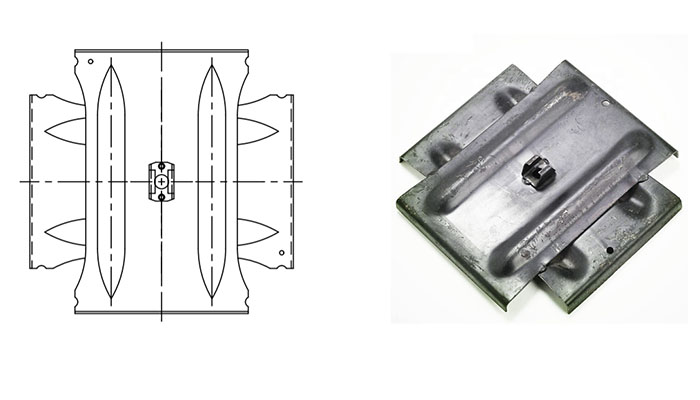
| Type | Hole Size Inches (cm) | Area Square Inches (sq. cm) | Rod Size Inches (cm) (Order Seperately) | Weight Lbs (kg) |
| 16 (41) | 150 (967) | 5/8 or 3/4 (1.6 or 1.9) | 10 (4.5) | |
| 20 (51) | 250 (1613) | 5/8 or 3/4 (1.6 or 1.9) | 16 (7.3) | |
| 20 (51) | 250 (1613) | 1 (2.5) | 16 (7.3) | |
| 24 (61) | 400 (2580) | 1 (2.5) | 33 (15) | |
| 24 (61) | 400 (2580) | 1-1/4 (3.2) | 33 (15) | |
| 24 (61) | 400 (2580) | 5/8 or 3/4 (1.6 or 1.9) | 33 (15) |
Cross Plate Anchor: The Complete Guide
A Cross Plate anchor is a long, flat-ended engineering device used in the infrastructure, utility, construction, and telecommunications industries to provide strength and stability to outdoor structures.
Cross Plate anchors are elongated, wide-bottomed earth anchors used in a range of industry sectors to provide structural support or reinforcement to exterior mass constructions. Cross Plate anchors are designed to be inserted straight into holes bored into the soil. The inserted end is formed from two rectangular, ribbed plates that overlap into a cross shape, providing maximum stability and loading capacity. The unique qualities of Cross Plate anchors make them especially useful in heavy-duty projects requiring an extra boost of strength or holding resilience. Cross Plate anchors are designed to be inserted diagonally against the side of a bored or drilled hole, one which has already been undercut to allow the anchor to sit at a 90-degree angle to the guy wire. Once an additional, suitably sized trench is added to allow for the placement of the anchor rod, the cross plate anchor can be installed. The cross plate at the lower end of the anchor digs into the internal soil mass, with a nut retainer securing the anchor firmly in place. The anchor can then be operated via the upper end as required. The cross plate anchor is constructed from solid, hot-dipped galvanized steel, with ridged cross plate rims for added resilience. The anchor is also coated in a rust inhibitor for extra durability. To pass quality control all cross plate anchors must meet ASTM specifications. The anchor can be manually operated by an ‘eye’ at the upper end. A nut retainer is placed on the flattened bottom of the cross plate to enable the anchor to be fixed securely into place once installed. Because the width of the hole does not negatively affect the installed anchor’s holding capacity, their installation does not require specialist anchoring machinery - the hole can be prepared by the same augers used to install utility poles. The installation of Cross Plate anchors always requires the assistance of suitable machinery to ensure maximum safety and effectiveness. The basic steps of a successful Cross Plate anchor installation are: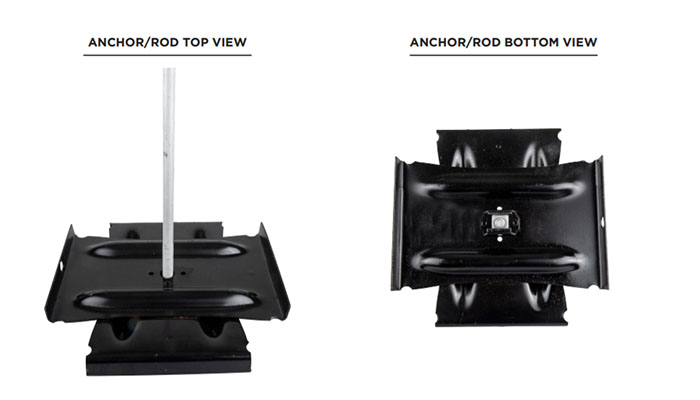
What is a Cross Plate Anchor?
How Cross Plate Anchors Work?
Cross Plate Anchor Features
Installation of Cross Plate Anchors
 Final Thoughts
Final Thoughts
Ground anchors have been around for more than 200 years and in the 1950s, Albert Chance transformed the field with the invention of the power-installed anchor. Today, ground anchors come in all types, shapes, and sizes, and can be used in water or earth; Moreover, they are applicable to both natural and man-made structures to suit every industrial purpose imaginable.
One thing that the array of available anchors all has in common, however, is the message that an anchor imprints into our minds: Hope. With his ideas, Chance generated hope, and that hope generated faith – in people, in progress – and most of all, faith in possibilities.
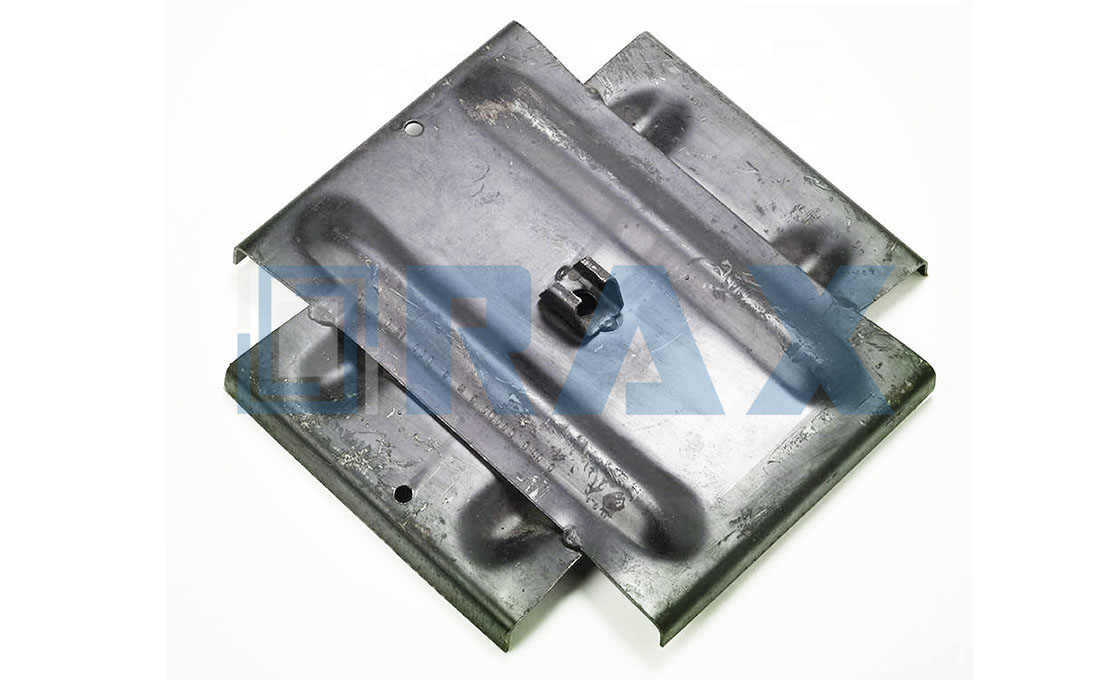
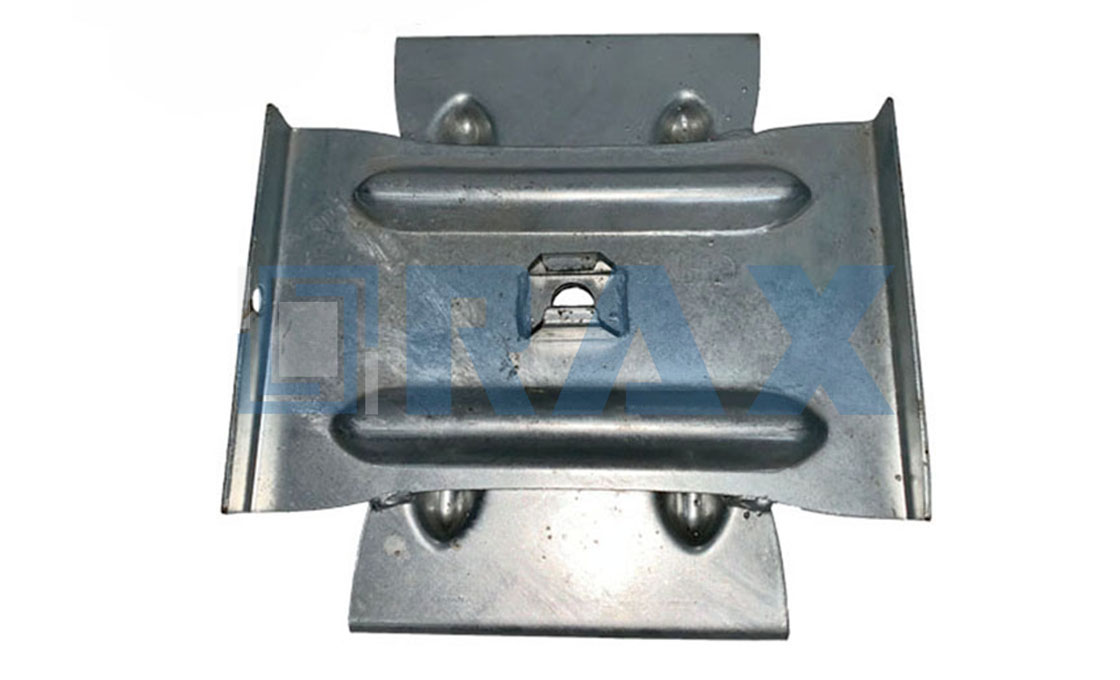
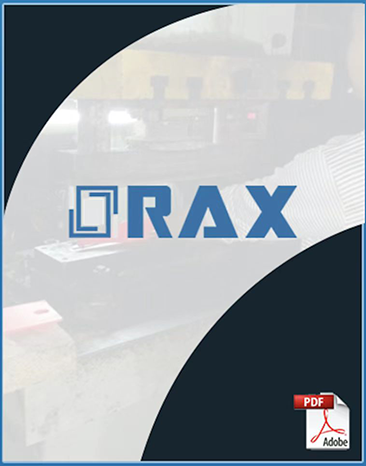
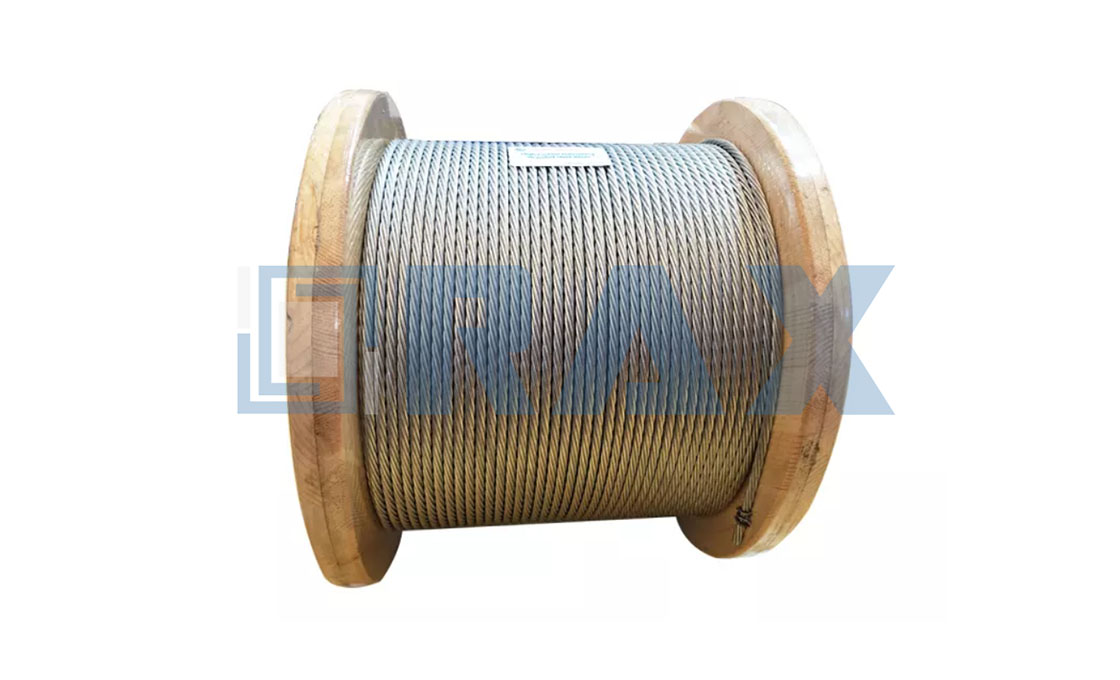
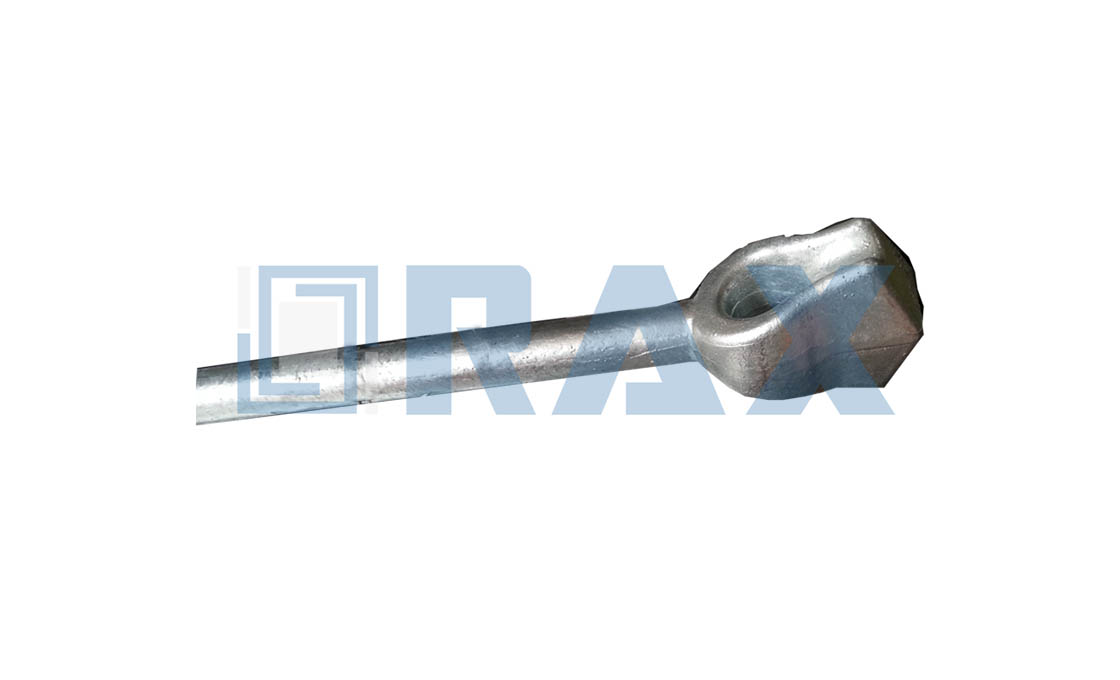

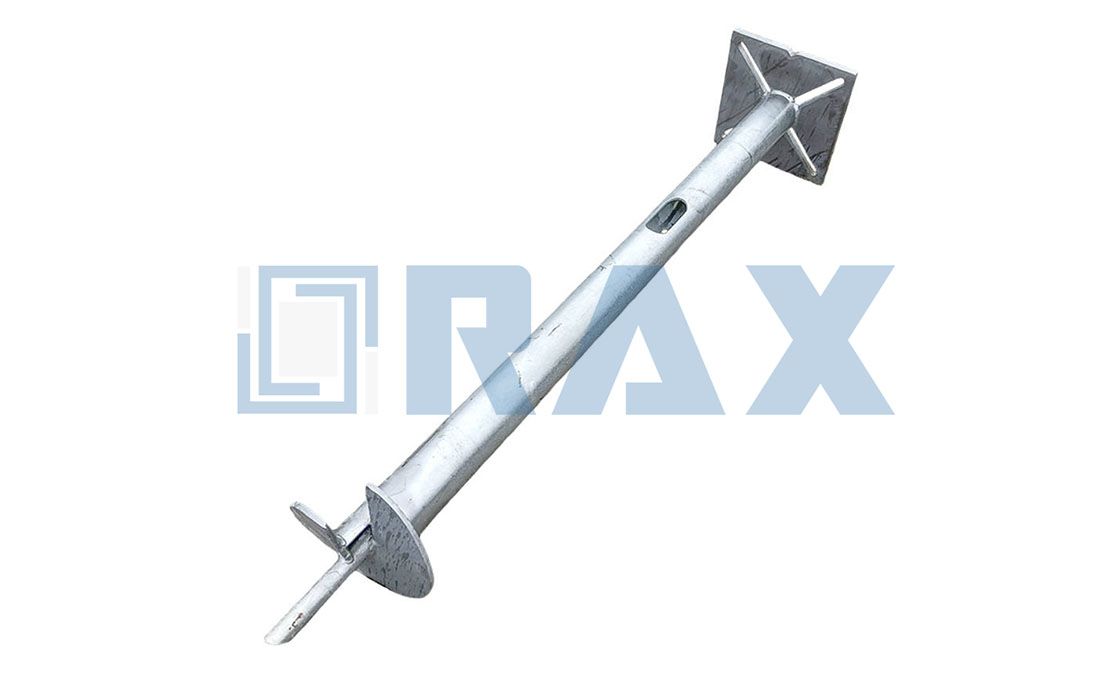
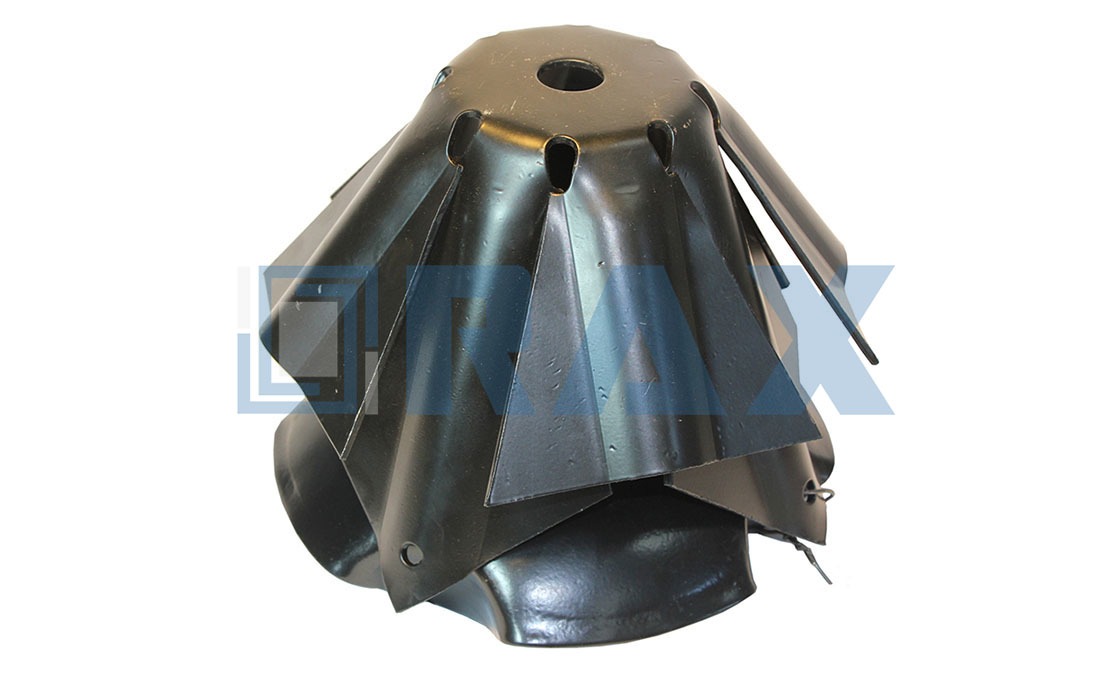
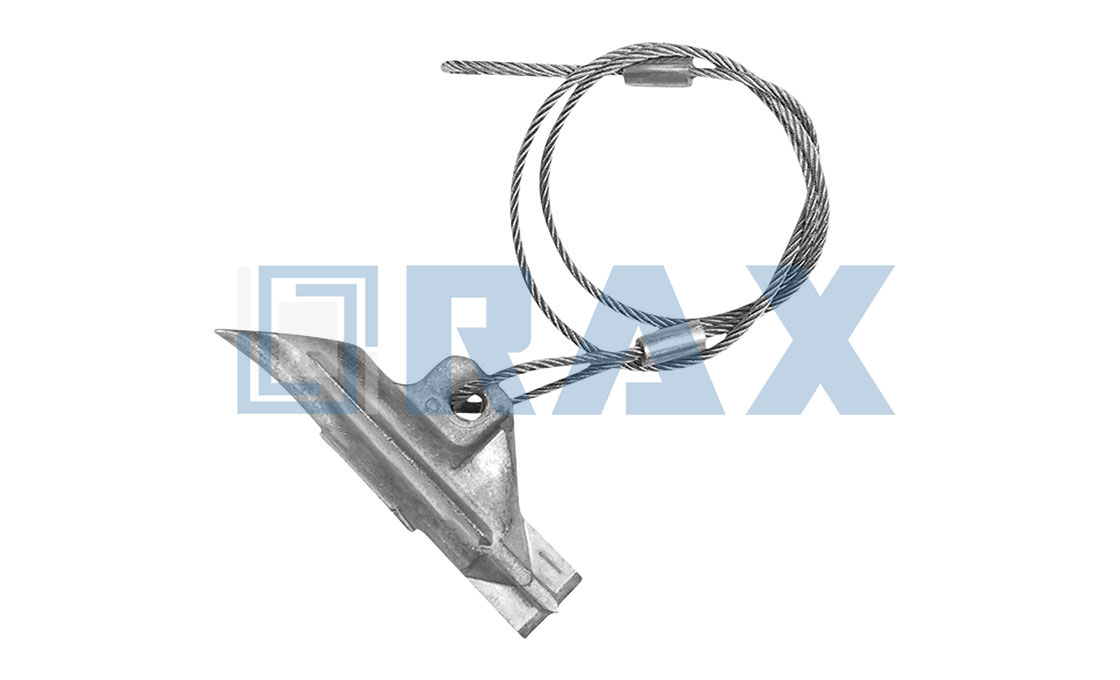
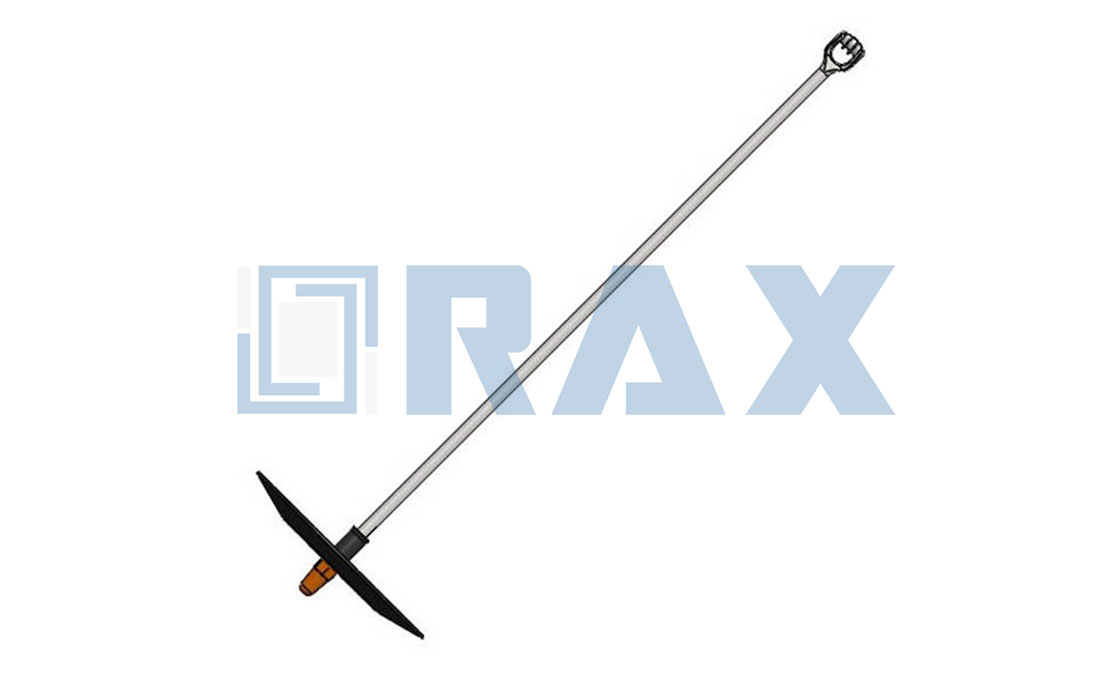
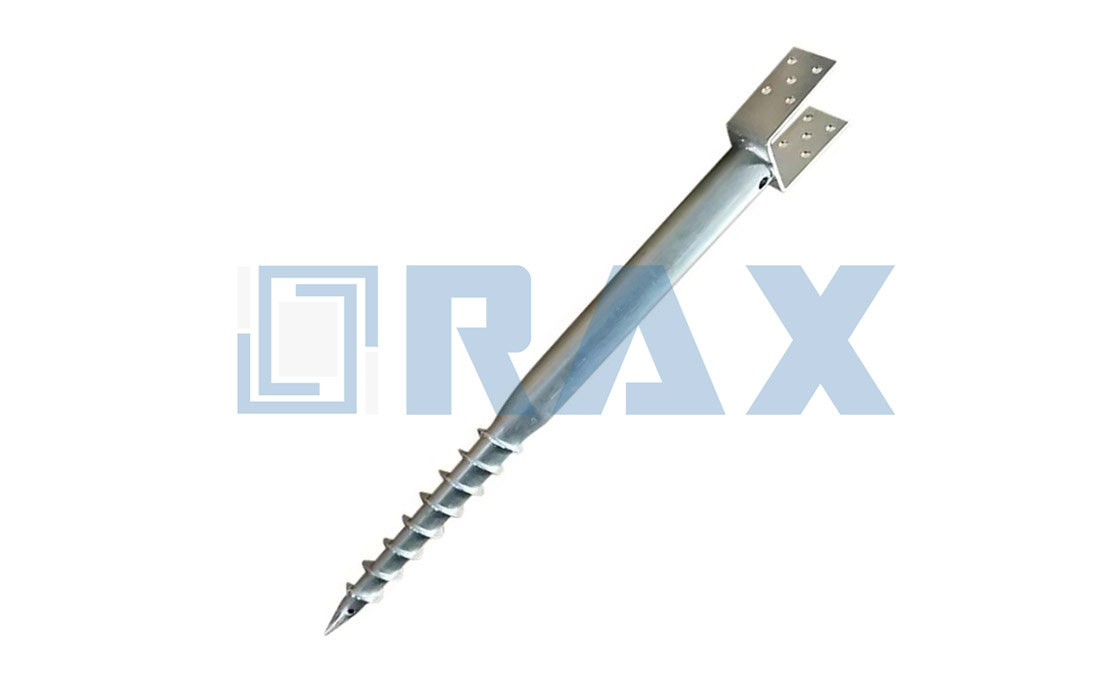
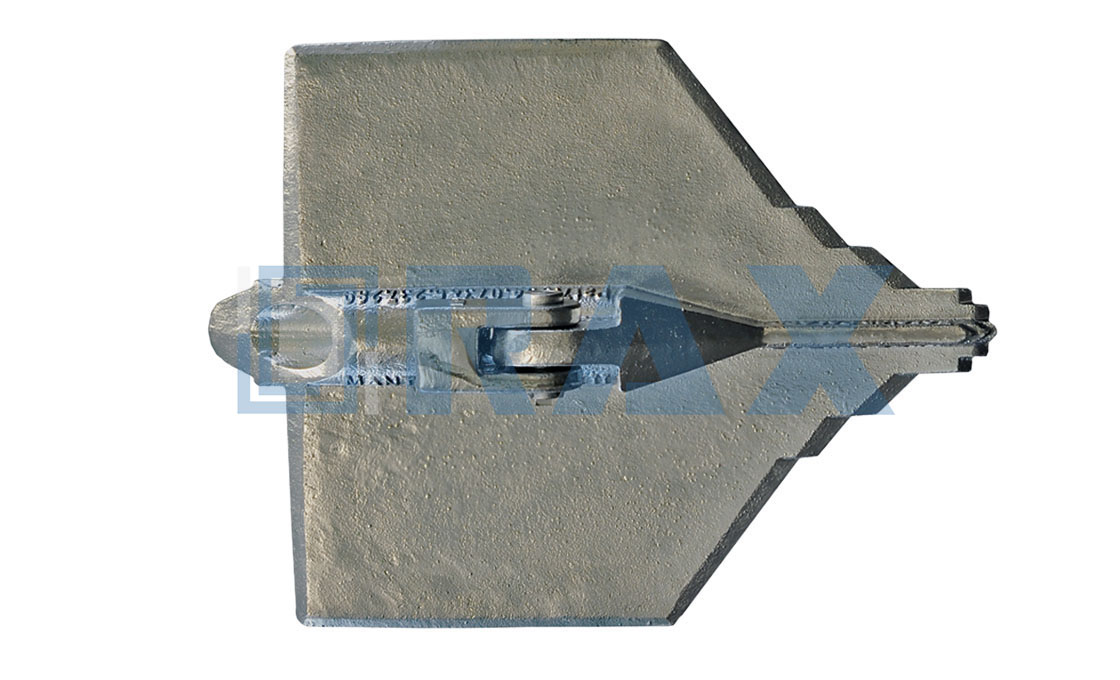
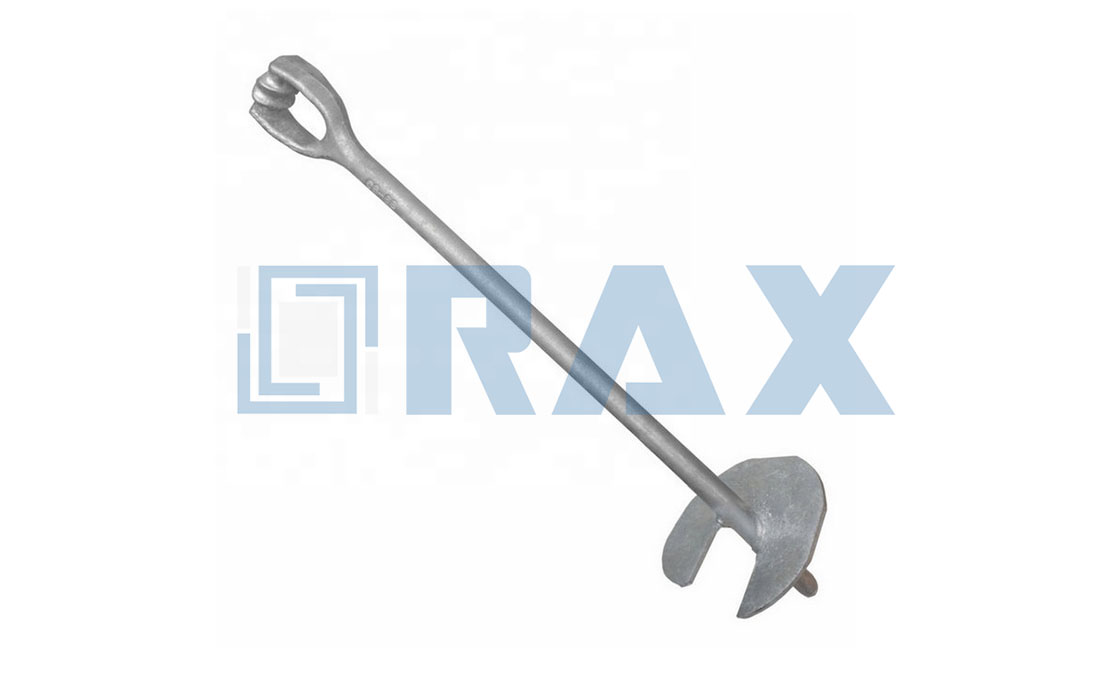
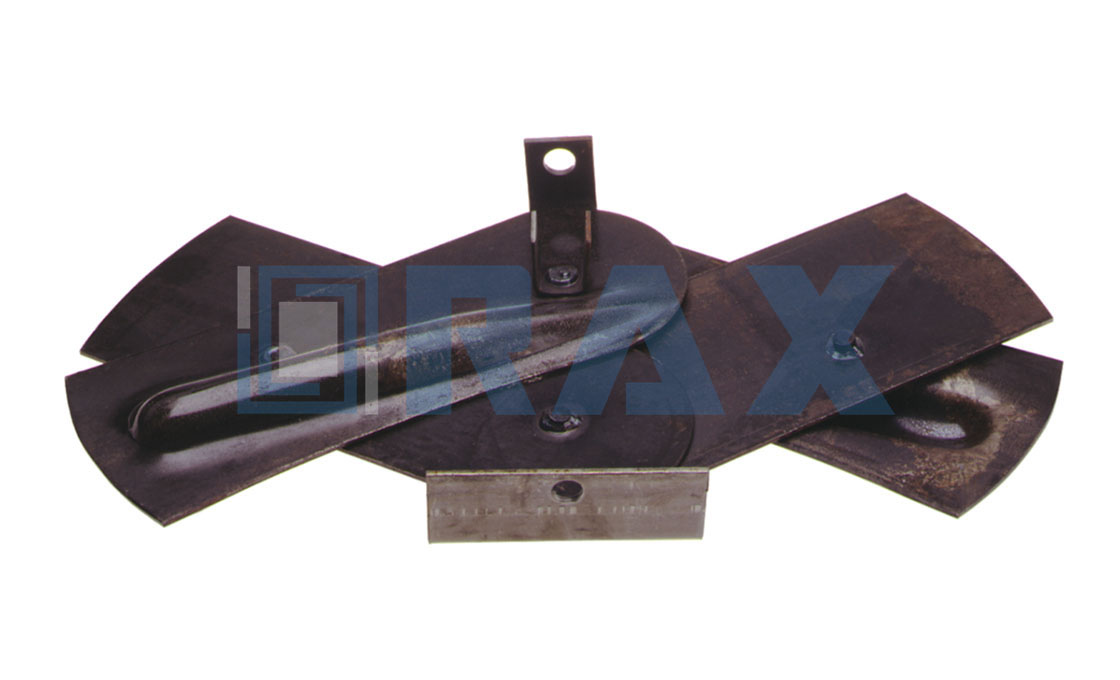
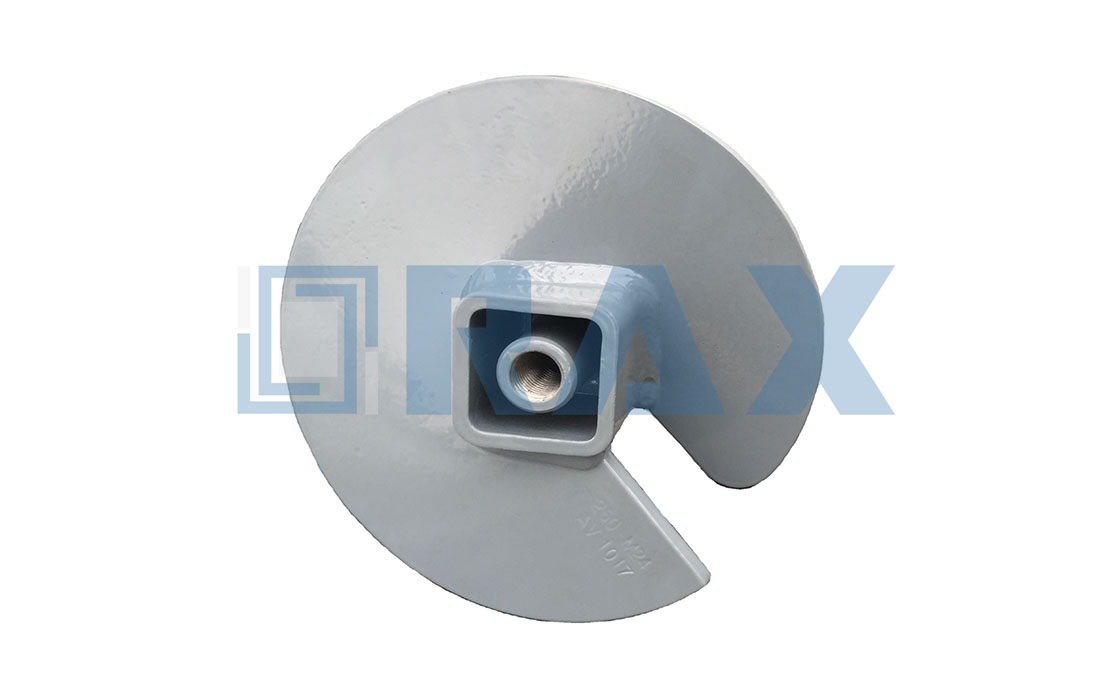

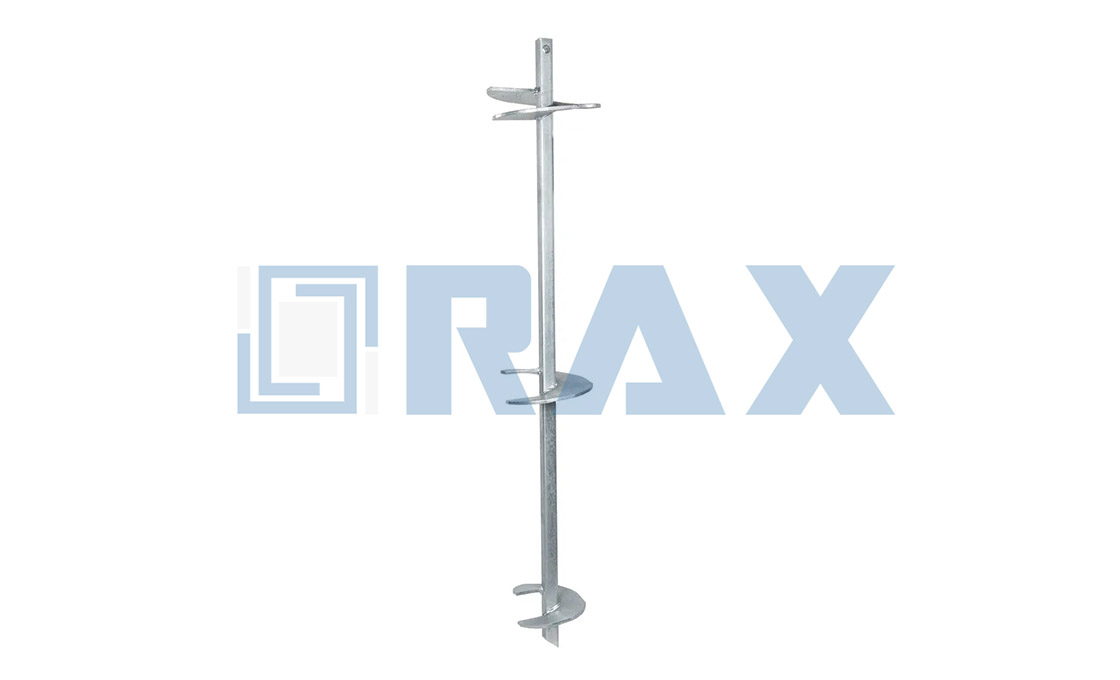
 Final Thoughts
Final Thoughts